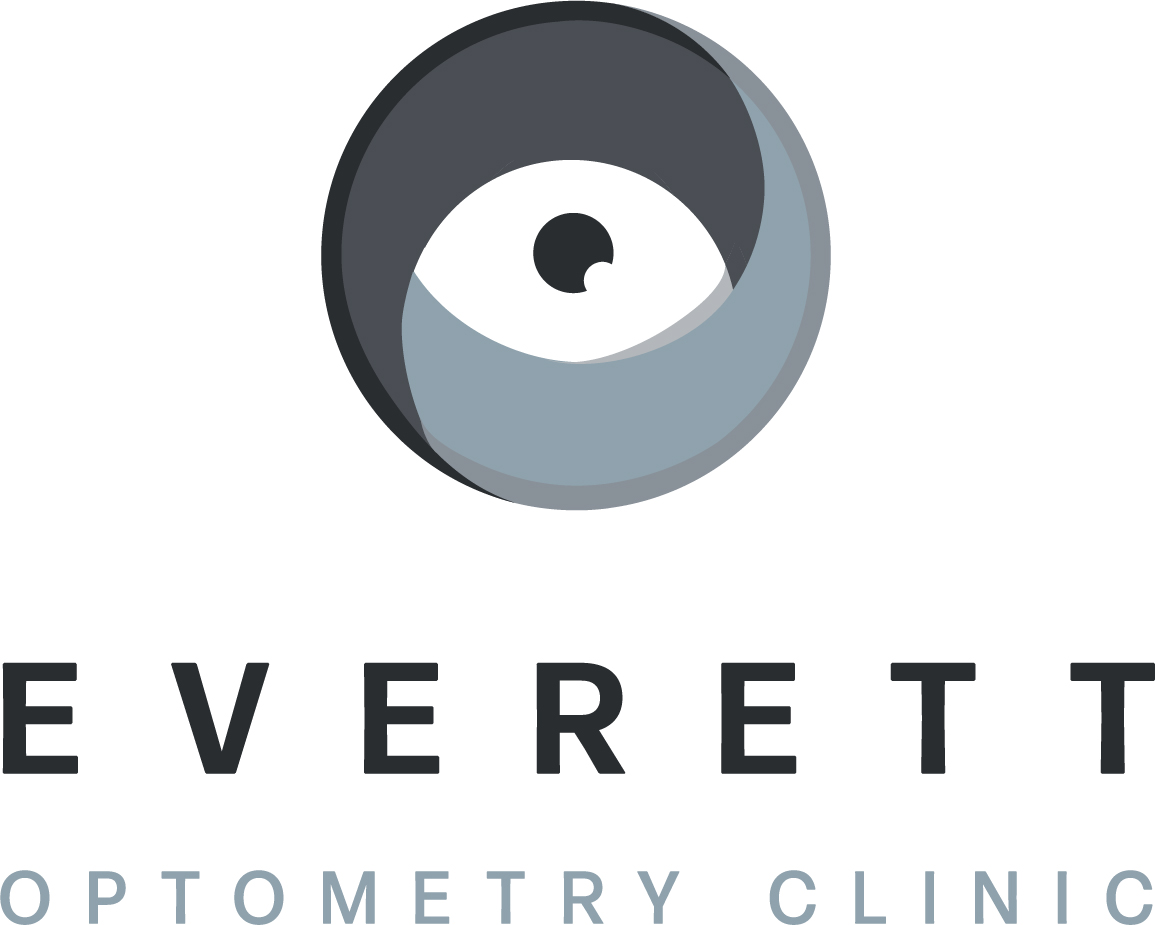
In today’s digital world, screens are integral to daily life, from computers and smartphones to tablets and televisions. While these devices offer convenience and connectivity, they also pose short and long-term eye health risks.
Below, our eye care team at Everett Optometry Clinic discusses these risks and how to maintain healthy eyes and vision in the digital age.
The Impact of Digital Devices on Vision and Eye Health
Digital devices have become an almost indispensable part of our everyday life. However, long periods spent on screens can lead to several eye health issues. We often collectively call these issues digital eye strain or computer vision syndrome.
Short-Term Effects of Digital Device Use
The most immediate effect of excessive screen time is digital eye strain. Symptoms of digital eye strain include:
- Eye fatigue: Prolonged focusing on a screen can tire the eye muscles, leading to discomfort and a heavy sensation in the eyes.
- Dry eyes: Staring at screens reduces blinking. This can cause tears to evaporate more quickly, leading to dryness, irritation, and a gritty feeling.
- Headaches: Eye strain can contribute to tension headaches, especially after long periods of screen use.
- Blurred vision: Difficulty in focusing and maintaining clear vision after using screens for extended periods is common.
Long-Term Effects of Digital Device Use
While digital eye strain can be uncomfortable, there are also potential long-term consequences of excessive screen time, particularly related to blue light exposure:
- Increased risk of myopia: Studies have suggested that the increased near work associated with screen use, particularly among children, may contribute to the rising prevalence of myopia (nearsightedness).
- Potential damage to retinal cells: Although research is ongoing, some studies indicate that prolonged exposure to blue light might damage retinal cells, potentially leading to macular degeneration over time.
The Effects of Blue Light on Children and Adults
Blue light, a high-energy visible light emitted by digital screens, has unique effects on children and adults. For children whose eyes are still developing, blue light can penetrate deeper into the eye, potentially causing more harm over time. Children today have more exposure to screens from a young age. This increases their cumulative exposure to blue light and raises concerns about their long-term eye health.
Adults, especially those who use digital devices for work, are also at risk. The impact of blue light on sleep patterns is particularly concerning, as poor sleep can exacerbate other health issues. Moreover, adults already dealing with age-related eye changes may find that blue light worsens their symptoms.
How Our Eye Care Team Can Help
At our practice, we understand the challenges posed by the digital age and are here to help protect your vision. Our eye care team offers a range of services tailored to combat the effects of digital device use:
- Comprehensive eye exams: Regular eye exams help detect early signs of digital eye strain and other vision problems, allowing us to provide timely interventions.
- Blue light filtering lenses: We can prescribe glasses with lenses designed to filter out blue light, reducing eye strain and protecting your eyes from potential harm.
- Advice on screen habits: Our team can offer personalized recommendations on how to modify screen time habits, such as taking regular breaks, adjusting screen brightness, and maintaining proper posture.
Incorporating these strategies into your daily routine can make a significant difference in maintaining healthy eyes in our screen-dominated world. Don’t let the digital age compromise your vision — request an appointment with our eye care team.

